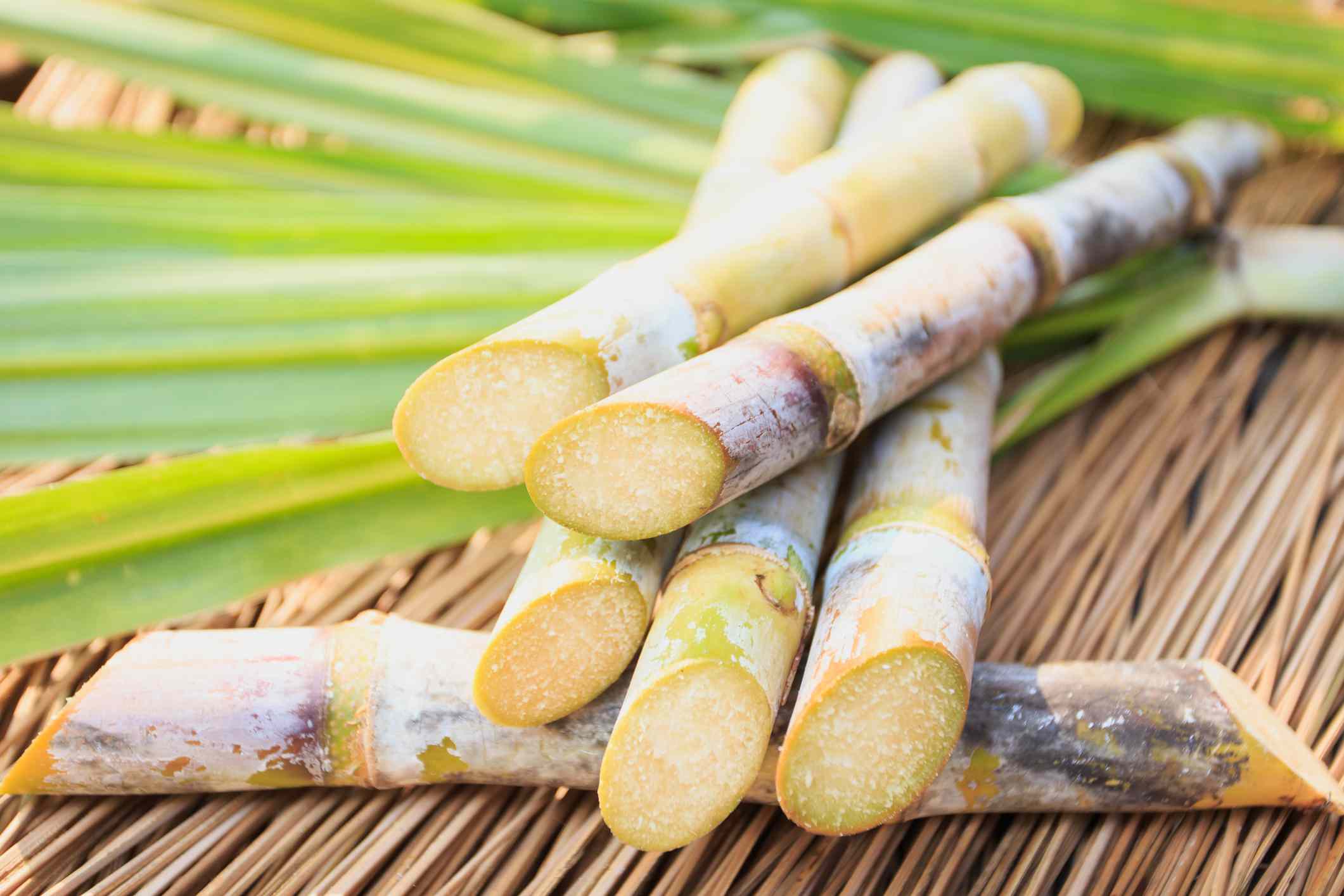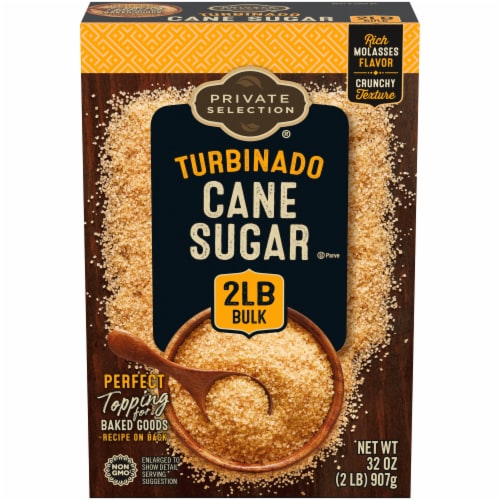Cane Sugar Processing: Cutting-edge Methods for Quality Manufacturing
Cane Sugar Processing: Cutting-edge Methods for Quality Manufacturing
Blog Article
Comprehending the Essential Methods and Technologies Employed in Modern Walking Stick Sugar Handling
The evolution of walking stick sugar handling has actually been significantly formed by the assimilation of sophisticated strategies and innovations that address both efficiency and sustainability. As we check out these important innovations, it ends up being necessary to examine how they not only enhance manufacturing however additionally line up with wider sector patterns and customer demands, elevating questions concerning the future of sugar handling and its effects for global markets.
Historical Context of Walking Stick Sugar Processing
The historic context of walking stick sugar handling discloses an abundant tapestry of farming advancement and social exchange that has actually formed its growth over centuries. Coming From in Southeast Asia, sugarcane was cultivated as early as 8000 BCE - Cane Sugar Processing. The procedure of improving and drawing out sugar gained energy in India, where methods for crystallization were refined around the 6th century. This knowledge traversed to the Middle East, and by the 12th century, sugar came to be a valued product in Europe, resulting in the establishment of sugar plantations in the Mediterranean.

Advanced Removal Techniques
Effectiveness in cane sugar extraction has seen significant developments, driven by the requirement for greater returns and lower manufacturing prices. Standard approaches have actually developed, offering means to innovative modern technologies that boost the effectiveness of the removal procedure. One noteworthy advancement is using enzyme-assisted removal, where certain enzymes break down cell wall surfaces and launch more sucrose from the walking stick fibers. This technique not just raises sugar yield but likewise lowers the power needed for handling.
Additionally, the fostering of membrane layer purification innovations, such as nanofiltration and reverse osmosis, has actually transformed the splitting up of sugar from pollutants. These methods permit for the discerning permeation of sugar molecules while preserving larger impurities, enhancing the extraction procedure and reducing waste.
In addition, the combination of continual removal systems has actually brought about enhanced operational effectiveness. Cane Sugar Processing. These systems preserve a constant circulation of cane product, ensuring optimal extraction conditions and reducing downtime associated with set handling
Innovative Refining Technologies
Refining techniques in walking cane sugar handling have undergone a transformative shift, driven by the demand for greater pureness and boosted item high quality. One of the most noteworthy innovations is the adoption of membrane filtration technologies, such as ultrafiltration and nanofiltration. These processes properly get rid of pollutants Resources and colorants without the need find out here for comprehensive chemical treatments, consequently maintaining the sugar's all-natural taste and improving its allure.
An additional substantial innovation is making use of ion exchange resins, which enable discerning removal of undesirable ions from sugar options. This technology not just raises the total pureness of the end product yet also adds to decreased waste and ecological impact.
Moreover, improvements in adsorption methods, using turned on carbon and various other innovative materials, have confirmed reliable in decolorizing sugar services while preserving optimum high quality. The combination of these cutting-edge refining innovations ensures that manufacturers can create polished sugar with remarkable quality and preference, satisfying the developing choices of consumers.
Automation and Control Equipment
Recent advancements in refining modern technologies have actually led the way for considerable improvements in automation and control systems within walking cane sugar handling centers. These systems utilize advanced software application and equipment to boost functional effectiveness, decrease human mistake, and ensure constant product quality.
Modern automation incorporates different elements, including sensing units, actuators, and programmable reasoning controllers (PLCs), allowing real-time monitoring and control of crucial procedures. As an example, temperature, pressure, and flow prices can be exactly regulated during removal, explanation, and formation stages, enhancing performance and lessening waste.
Moreover, advanced information analytics and artificial intelligence algorithms play an essential function in anticipating upkeep, enabling drivers to anticipate equipment failures prior to they take place. This positive strategy not only reduces downtime but additionally prolongs the lifespan of equipment.
On top of that, automation helps with the application of Sector 4.0 concepts, encouraging sugar mills to accomplish greater connectivity and information exchange throughout processes. Therefore, decision-making becomes more enlightened and active, inevitably improving the general competition click now of walking stick sugar manufacturing. With these developments, the sector is well-positioned to fulfill expanding international needs while maintaining functional excellence.
Sustainability Practices in Sugar Manufacturing
Sustainability methods in sugar production have actually ended up being significantly necessary as the market looks for to balance financial viability with environmental duty. As customer awareness expands pertaining to the environmental influences of farming methods, sugar manufacturers are embracing ingenious techniques to minimize their environmental footprint.
One significant technique is the implementation of precision farming methods, which make use of data analytics to maximize source use, such as water and fertilizers. This lowers waste and lessens the influence on neighborhood environments. Additionally, lots of producers are transitioning to sustainable power sources, such as biomass from sugarcane byproducts, to power their procedures, consequently decreasing reliance on nonrenewable fuel sources.
Water management techniques are likewise crucial; rain harvesting and effective watering systems assist alleviate water shortage problems. Cane Sugar Processing. Additionally, integrated parasite administration methods lower chemical usage, promoting biodiversity and soil wellness
Company social duty initiatives are arising, with business purchasing local communities and making certain reasonable labor practices. By accepting these sustainability methods, the sugar market not only improves its credibility however additionally adds to a much more sustainable agricultural landscape, leading the way for future generations.

Final Thought
In summary, modern-day walking cane sugar handling incorporates a range of sophisticated techniques and modern technologies that substantially enhance sustainability, return, and performance. Collectively, these developments place the cane sugar market to satisfy modern needs while dealing with essential global obstacles.
The evolution of walking stick sugar handling has been considerably shaped by the combination of advanced strategies and modern technologies that resolve both efficiency and sustainability.The historical context of walking cane sugar handling reveals an abundant tapestry of agricultural innovation and cultural exchange that has shaped its growth over centuries. Advancements in milling and refining emerged, laying the foundation for contemporary walking stick sugar handling.Refining techniques in cane sugar processing have undertaken a transformative shift, driven by the demand for higher purity and improved product quality.In summary, modern walking cane sugar processing integrates a range of sophisticated techniques and innovations that significantly enhance yield, sustainability, and performance.
Report this page